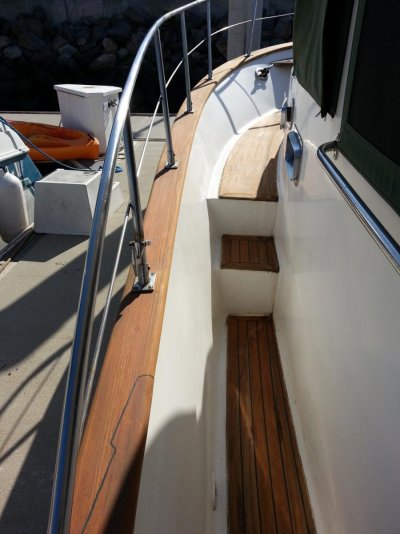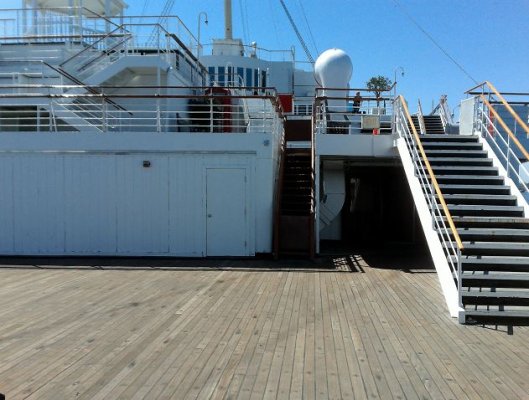Fletcher500
Guru
I have been around boats since I was a young kid, but I have never had teak decks until we purchased our current boat two years ago. The teak is in the cockpit, and the swim step area so we have about 250 sq. ft.
We are currently stripping, and applying stain every six months and it is a P ITA .
I have read about sealers for teak,but it appears to be geared towards furniture. So my question, is there a way to seal teak for several years and yet still retain A nice looking deck, and some friction for the walking surface with wet feet? IE, not slippery like a varnish?
We are currently stripping, and applying stain every six months and it is a P ITA .
I have read about sealers for teak,but it appears to be geared towards furniture. So my question, is there a way to seal teak for several years and yet still retain A nice looking deck, and some friction for the walking surface with wet feet? IE, not slippery like a varnish?




